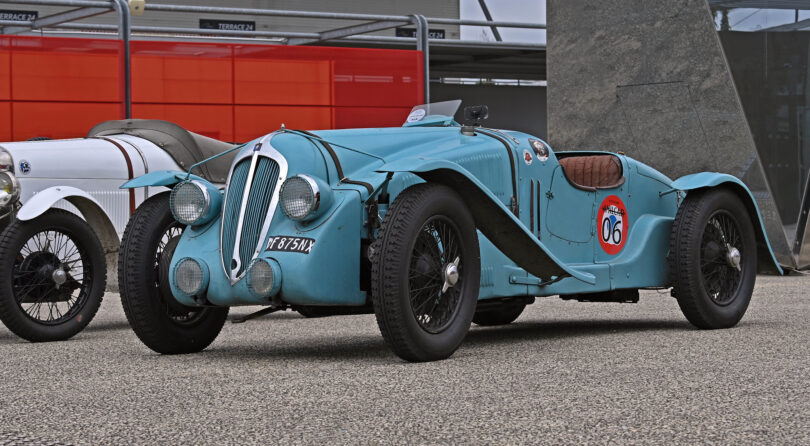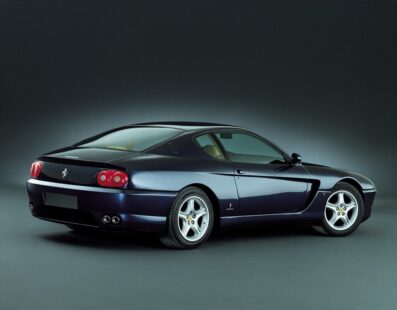
1938 Amilcar Pégase G36: Born to Race
Words Carlo Brema / Photo courtesy of Motors DB
A hundred years ago the automotive panorama was completely different than today. However, thinking that in the 1920s there were already tax breaks for manufacturers who produced lighter cars reflects the contemporary downsizing and still gave Amilcar the opportunity to think about enthusiasts and their incessant demand for a proper car, which was beautiful to look at and satisfying to drive. With these premises, in the following years, increasingly fascinating models saw the light of day, including the Pégase G36.
It was an extremely aerodynamic two-seater with an entirely aluminum body, with aesthetic solutions borrowed from the world of aeronautics and which would have guaranteed a reduced weight, useful mainly for its use in competitions. There was a generous 2.5-liter engine with 85 horsepower, which ensured a maximum speed between 100 and 105 miles per hour. It was then characterized by the particular Lockhead hydraulic braking system and by the possibility of intervening with various modifications – aesthetic and mechanical – depending on the intended use. The Pégase G36 was mostly aimed at endurance races, as in the case of the legendary 24 hours of Le Mans and in this regard the 1938 edition immediately comes to mind.
After the war, the famous Mrs. Roux, wife of a renowned Parisian surgeon, purchased the Pégase and took part in various competitions with her faithful dog Mowgli (winning for example the women’s race Paris – Vichy – Saint Raphael), becoming famous for the fact that the little animal was tossed from one side of the passenger compartment to the other, but always remained next to this extraordinary and competitive woman of great class and who was not at all afraid of getting dirty with oil and grease. The history of Amilcar is also and above all this, a lot of passion that knows no limits and that has cemented its name in the world of racing, despite the financial ups and downs that unfortunately have made it unknown to the majority of the modern public.



